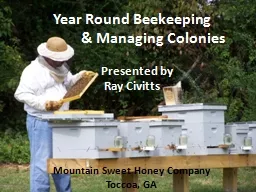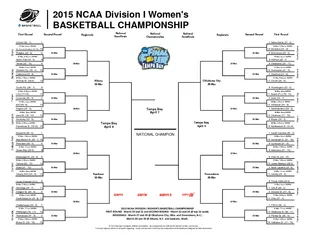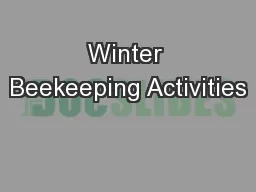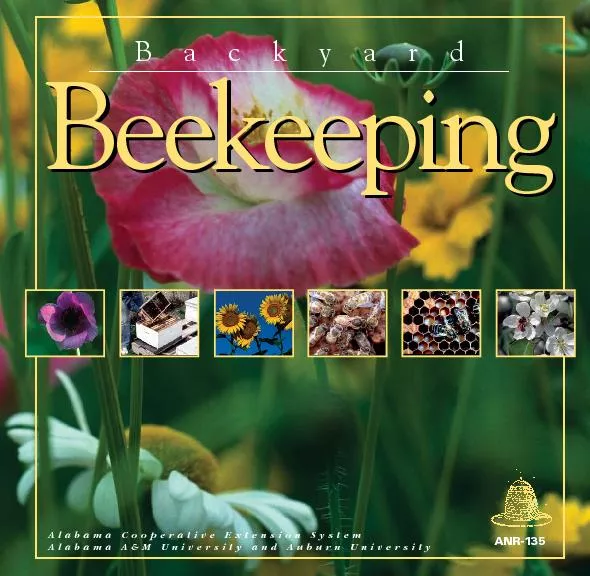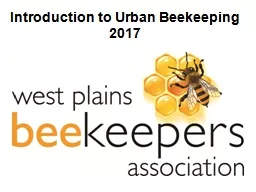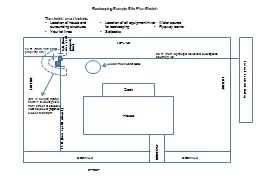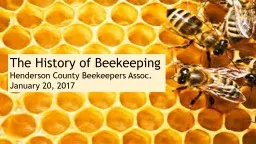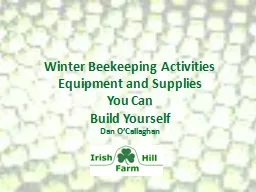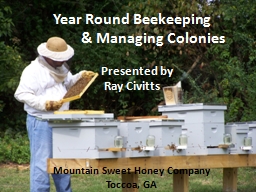PPT-Year Round Beekeeping
Author : debby-jeon | Published Date : 2016-05-06
amp Managing Colonies Presented by Ray Civitts Mountain Sweet Honey Company Toccoa GA Georgia Many temperate zones Up to 5 weeks difference Southern
Presentation Embed Code
Download Presentation
Download Presentation The PPT/PDF document "Year Round Beekeeping" is the property of its rightful owner. Permission is granted to download and print the materials on this website for personal, non-commercial use only, and to display it on your personal computer provided you do not modify the materials and that you retain all copyright notices contained in the materials. By downloading content from our website, you accept the terms of this agreement.
Year Round Beekeeping: Transcript
Download Rules Of Document
"Year Round Beekeeping"The content belongs to its owner. You may download and print it for personal use, without modification, and keep all copyright notices. By downloading, you agree to these terms.
Related Documents

